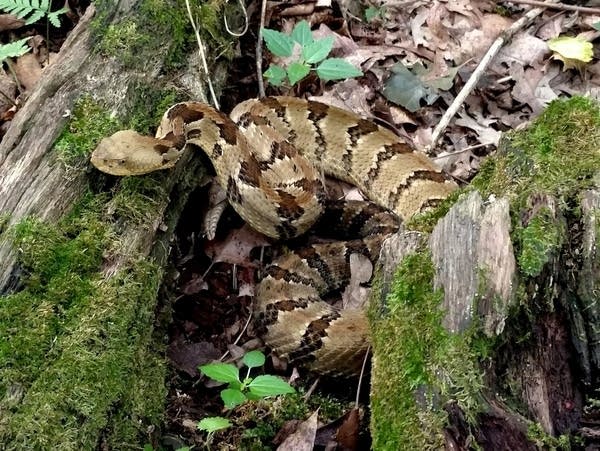Rattlesnake squad comes to the rescue — of the snakes

A rattlesnake is rescued by certified wildlife biologist Steve Winter in August 2018 in Winona, Minn. Minnesota is home to two species of rattlesnakes and when it's hot, like it has been this summer, the snake has more frequent run-ins with people.
Courtesy of Steve Winter
Go Deeper.
Create an account or log in to save stories.
Like this?
Thanks for liking this story! We have added it to a list of your favorite stories.


